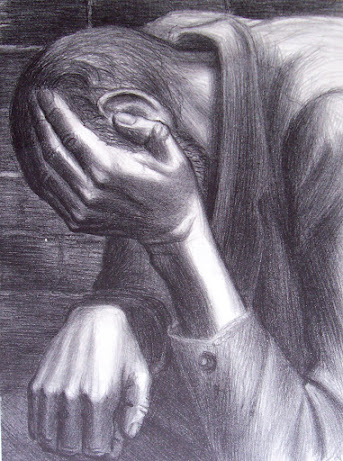Anna Heyward Taylor, Picking
Cotton, 1946
Born into a South Carolina family
with ties to the cotton industry, Taylor (1879-1956) was well educated and well-traveled.
She studied with William Merritt Chase in Holland, in 1903, visited Britain in
1904, France, and Switzerland in 1908, and Germany in 1909. In 1914 she traveled
to China and Japan. At that point she entered a graduate program at Radcliffe
College, and visited Provincetown, MA, where she studied with BJO Nordfeldt in
1915 and 16. Also in 1916 she went to British Guiana, and then back to France
in 1917 and 19, and to Mexico from 1935 to 1936.
During the late teens and
twenties Taylor was largely based in New York City; she made the permanent move
to Charleston in 1929. There, along with Alice Ravenel Huger Smith, Alfred
Hutty, and Elizabeth O’Neill Verner, she was part of the Charleston
Renaissance.
This is a complex mid-twentieth
century image. The medium of linocut, with strict black and white patterning, is
exploited to show a bleak road and repeating puffs of cotton. The women’s
clothes, while patterned, are basic and lacking decoration or charm. The top
edge shows the gouges of a carving tool that adds traces of a naïve, home-spun ‘frame.’
At the same time it presents multi-faceted, highly charged social issues.
It is an insightful plunge into American
history. Made for the publication of This is Our Land: The Story of the
Agricultural Society of South Carolina, by Chalmers S. Murray, published by the
Carolina Art Association, 1949, this impression has the notation No. 5,
possibly referring to its placement in the series of images.
Of special importance is the group
of figures working the long rows of plants – often it was women and children who
were assigned this task. This references the brutal and rigid nature of the
field management system in which the lead picker was among the most productive
and the others in the row were pressed to keep up with her. Here they are deliberately
un-regimented, shown in a more casual manner. Although they are clustered at
the near left, there doesn’t seem to be any exchange between them. They work in
isolation – each is alone and their group is apart from others that might be
nearby.
In the distance at the right is
a building – a simple barn-like structure with a wide door -- probably awaiting
the crop. At the far left is the roof of a building that might be a cabin. If
this is a home of the field workers it is distant and un-inviting. While not
exactly homeless, they seem adrift and aware that ‘home’ it isn’t particularly welcoming
when they manage to return there.
Anne Heyward Taylor, working for
a relatively objective, even scientific project, used the drama of a block
print to examine the fine line between documenting current conditions that were
difficult at best, while recalling those historically abhorrent.
An impression of this subject is
in the Gibbes Museum of Art, Charleston, South Carolina; it was donated by the
artist.










